|
Your search criteria found 985 images Feature Name |
| My List |
Addition Date | Target |
Mission
|
Instrument | Size |

|
2005-05-16 | Tempel 1 |
Kitt Peak National Observatory's 2.1 m Telescope |
801x701x3 | |
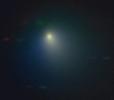
|
|||||

|
2005-08-03 | Eris |
Samuel Oschin Telescope Palomar Adaptive Optics System |
603x200x3 | |

|
|||||

|
2010-07-14 | 4000x2666x3 | |||
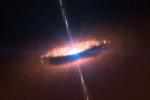
|
|||||

|
2011-11-10 | 720x540x3 | |||
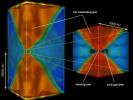
|
|||||

|
2012-09-15 | 2400x2400x3 | |||
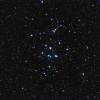
|
|||||

|
2012-09-15 | 4800x2700x3 | |||
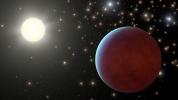
|
|||||

|
2012-09-18 | 1439x1080x3 | |||

|
|||||

|
2013-02-07 | 934x935x3 | |||
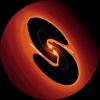
|
|||||

|
2013-05-24 | 899x709x3 | |||
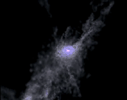
|
|||||

|
2013-07-12 | 1280x720x3 | |||
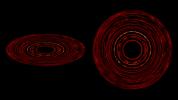
|
|||||

|
2015-03-04 | 3300x2550x3 | |||
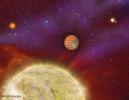
|
|||||

|
2015-03-04 | 1160x876x3 | |||
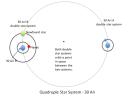
|
|||||

|
2016-08-09 | 1500x1001x3 | |||
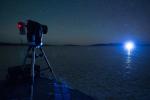
|
|||||

|
2016-08-09 | 1274x732x3 | |||
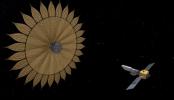
|
|||||

|
2016-08-09 | 1200x801x3 | |||
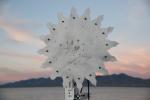
|
|||||

|
2016-08-09 | 3146x1952x3 | |||
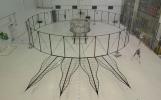
|
|||||

|
2016-08-09 | 4000x3000x3 | |||
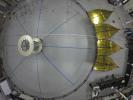
|
|||||

|
2016-08-09 | 1280x720x3 | |||
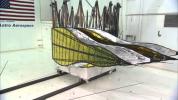
|
|||||

|
2016-08-09 | 690x388x3 | |||
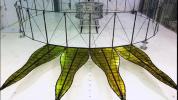
|
|||||

|
2016-08-09 | 1396x905x3 | |||
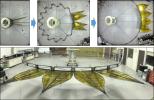
|
|||||

|
2016-08-09 | 1200x801x3 | |||
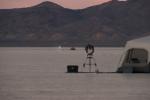
|
|||||

|
2016-08-09 | 1261x629x3 | |||
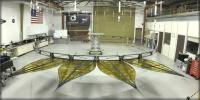
|
|||||

|
2016-08-09 | 1208x691x3 | |||
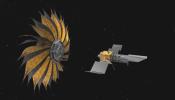
|
|||||

|
2017-06-05 | KELT-9b | 5120x2880x3 | ||
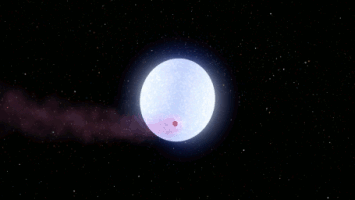
|
|||||

|
2017-10-11 | 2048x1152x3 | |||
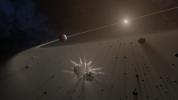
|
|||||

|
2018-04-24 |
Large Binocular Telescope Interferometer (LBTI) |
2272x1704x3 | ||
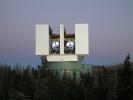
|
|||||

|
2020-04-09 | 4800x2700x3 | |||
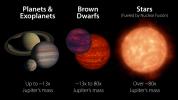
|
|||||

|
2021-04-21 | Milky Way | 3840x2160x3 | ||
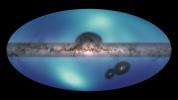
|
|||||

|
2021-08-17 | 4800x2700x3 | |||
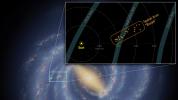
|
|||||

|
2022-10-12 | Star | 3840x2160x3 | ||
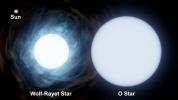
|
|||||

|
2023-12-22 |
IRAS |
1200x675x3 | ||
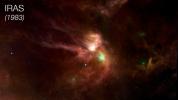
|
|||||

|
2010-12-09 | Mars |
2001 Mars Odyssey |
THEMIS |
2652x2824x3 |

|
|||||

|
2010-12-09 | Mars |
2001 Mars Odyssey |
THEMIS |
738x1146x1 |

|
|||||

|
2010-12-09 | Mars |
2001 Mars Odyssey |
THEMIS |
10402x3606x3 |
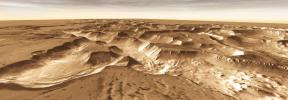
|
|||||

|
2010-12-09 | Mars |
2001 Mars Odyssey |
THEMIS |
1635x2300x3 |

|
|||||

|
2010-12-09 | Mars |
2001 Mars Odyssey |
THEMIS |
1653x2360x3 |

|
|||||

|
2010-12-09 | Mars |
2001 Mars Odyssey |
THEMIS |
2092x1907x3 |
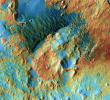
|
|||||

|
2010-12-09 | Mars |
2001 Mars Odyssey |
THEMIS |
4000x2000x3 |
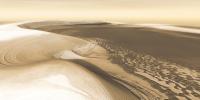
|
|||||

|
2010-12-09 | Mars |
2001 Mars Odyssey |
THEMIS |
708x1105x1 |

|
|||||

|
2010-12-09 | Mars |
2001 Mars Odyssey |
THEMIS |
1071x870x1 |
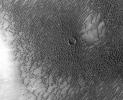
|
|||||

|
2010-12-09 | Mars |
2001 Mars Odyssey |
THEMIS |
1729x2583x3 |

|
|||||

|
2010-12-09 | Mars |
2001 Mars Odyssey |
THEMIS |
557x1443x1 |
|
|
|||||

|
2010-12-09 | Mars |
2001 Mars Odyssey |
THEMIS |
3430x4348x3 |

|
|||||

|
2010-12-09 | Mars |
2001 Mars Odyssey |
THEMIS |
3154x2023x1 |
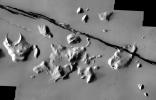
|
|||||

|
2012-06-15 | Venus |
ACRIMSAT |
ACRIM3 |
4800x3600x1 |
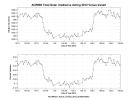
|
|||||

|
2018-04-13 |
ASTERIA |
175x175x3 | ||
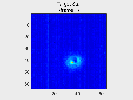
|
|||||

|
2022-06-29 |
ASTHROS |
ASTHROS |
5120x3840x3 | |
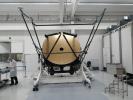
|
|||||

|
2022-06-29 |
ASTHROS |
ASTHROS |
5120x3840x3 | |
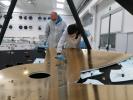
|
|||||

|
2022-06-29 |
ASTHROS |
ASTHROS |
6800x3600x3 | |
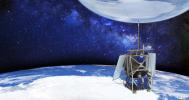
|
|||||

|
2022-06-29 |
ASTHROS |
ASTHROS |
5120x3840x3 | |
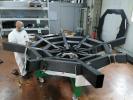
|
|||||

|
2022-06-29 |
ASTHROS |
ASTHROS |
1600x800x3 | |
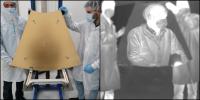
|
|||||

|
2000-02-11 | Masursky |
Cassini-Huygens |
ISS - Narrow Angle |
220x220x1 |
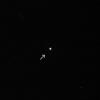
|
|||||

|
2002-07-23 | HD339457 |
Cassini-Huygens |
ISS - Narrow Angle |
505x101x1 |

|
|||||

|
2004-12-27 | Titan |
Cassini-Huygens |
ISS - Narrow Angle |
1024x1024x1 |
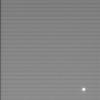
|
|||||

|
2005-01-07 | Iapetus |
Cassini-Huygens |
ISS - Narrow Angle |
1020x1020x1 |
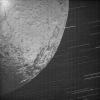
|
|||||

|
2005-08-19 | S Rings |
Cassini-Huygens |
ISS - Wide Angle |
1024x1024x1 |
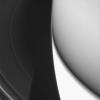
|
|||||

|
2005-09-05 | S Rings |
Cassini-Huygens |
ISS - Narrow Angle |
894x898x1 |
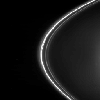
|
|||||

|
2005-12-22 | Carina Nebula |
Cassini-Huygens |
ISS - Wide Angle |
1020x1020x1 |
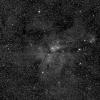
|
|||||

|
2006-04-25 | Enceladus |
Cassini-Huygens |
ISS - Wide Angle |
899x791x1 |
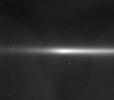
|
|||||

|
2006-05-04 | Titan |
Cassini-Huygens |
Descent Imager/Spectral Radiometer |
516x387x3 |
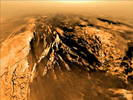
|
|||||

|
2006-05-29 | Saturn |
Cassini-Huygens |
ISS - Narrow Angle |
747x653x1 |
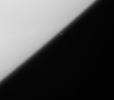
|
|||||

|
2006-07-05 | S Rings |
Cassini-Huygens |
Imaging Science Subsystem |
1007x275x3 |

|
|||||

|
2006-07-07 | S Rings |
Cassini-Huygens |
ISS - Narrow Angle |
1024x636x1 |
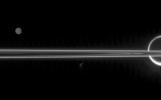
|
|||||

|
2006-09-06 | Pleiades |
Cassini-Huygens |
ISS - Wide Angle |
687x559x1 |
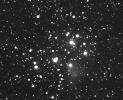
|
|||||

|
2006-10-11 | S Rings |
Cassini-Huygens |
ISS - Narrow Angle |
760x990x1 |

|
|||||

|
2006-12-21 | S Rings |
Cassini-Huygens |
ISS - Wide Angle |
1008x1008x1 |
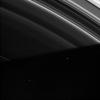
|
|||||

|
2007-01-22 | S Rings |
Cassini-Huygens |
ISS - Wide Angle |
886x847x1 |

|
|||||

|
2007-02-09 | S Rings |
Cassini-Huygens |
ISS - Narrow Angle |
635x807x1 |

|
|||||

|
2007-03-20 | Saturn |
Cassini-Huygens |
ISS - Narrow Angle |
1016x1016x1 |
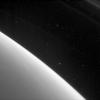
|
|||||

|
2007-03-23 | S Rings |
Cassini-Huygens |
ISS - Narrow Angle |
872x329x1 |
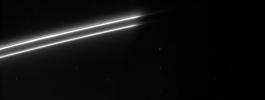
|
|||||

|
2007-03-29 | Atlas |
Cassini-Huygens |
ISS - Narrow Angle |
602x818x1 |

|
|||||

|
2007-04-18 | Enceladus |
Cassini-Huygens |
ISS - Narrow Angle |
1008x1008x1 |
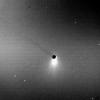
|
|||||

|
2007-05-02 | S Rings |
Cassini-Huygens |
ISS - Wide Angle |
508x508x1 |
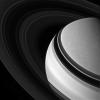
|
|||||

|
2007-07-12 | S Rings |
Cassini-Huygens |
ISS - Wide Angle |
1020x967x1 |
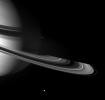
|
|||||

|
2007-07-18 | Rhea |
Cassini-Huygens |
ISS - Narrow Angle |
512x512x1 |
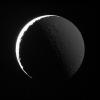
|
|||||

|
2007-07-24 | S Rings |
Cassini-Huygens |
Imaging Science Subsystem |
1024x1024x1 |
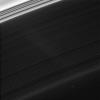
|
|||||

|
2007-11-21 | S Rings |
Cassini-Huygens |
ISS - Wide Angle |
838x651x3 |
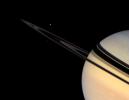
|
|||||

|
2008-02-11 | S Rings |
Cassini-Huygens |
ISS - Narrow Angle |
756x856x1 |

|
|||||

|
2008-03-06 | S Rings |
Cassini-Huygens |
ISS - Narrow Angle |
980x882x1 |
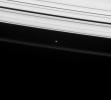
|
|||||

|
2008-03-07 | S Rings |
Cassini-Huygens |
ISS - Wide Angle |
914x1018x1 |

|
|||||

|
2008-03-26 | Enceladus |
Cassini-Huygens |
Composite Infrared Spectrometer |
2240x2254x3 |

|
|||||

|
2008-04-25 | Dione |
Cassini-Huygens |
ISS - Narrow Angle |
607x605x1 |
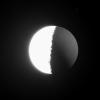
|
|||||

|
2008-05-28 | Pan |
Cassini-Huygens |
ISS - Narrow Angle |
991x816x1 |
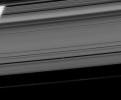
|
|||||

|
2008-06-18 | S Rings |
Cassini-Huygens |
ISS - Narrow Angle |
1017x477x1 |
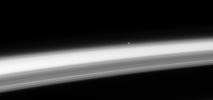
|
|||||

|
2008-08-08 | Tethys |
Cassini-Huygens |
ISS - Wide Angle |
1020x1020x1 |
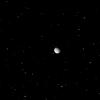
|
|||||

|
2008-09-18 | S Rings |
Cassini-Huygens |
ISS - Narrow Angle |
1016x867x1 |
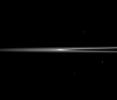
|
|||||

|
2008-11-07 | Tethys |
Cassini-Huygens |
ISS - Wide Angle |
1014x1013x1 |
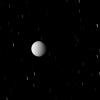
|
|||||

|
2008-12-03 | Enceladus |
Cassini-Huygens |
ISS - Wide Angle |
1024x1024x1 |
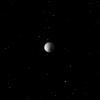
|
|||||

|
2009-02-02 | S Rings |
Cassini-Huygens |
ISS - Wide Angle |
1019x695x1 |
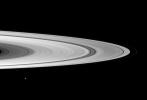
|
|||||

|
2009-03-03 | S Rings |
Cassini-Huygens |
ISS - Narrow Angle |
1132x695x1 |
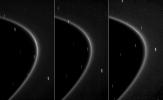
|
|||||

|
2009-03-23 | S Rings |
Cassini-Huygens |
ISS - Narrow Angle |
1018x539x1 |
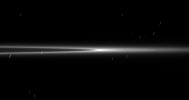
|
|||||

|
2009-04-09 | S Rings |
Cassini-Huygens |
ISS - Narrow Angle |
637x1006x1 |

|
|||||

|
2009-04-30 | Pleiades |
Cassini-Huygens |
ISS - Wide Angle |
1014x1014x1 |
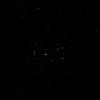
|
|||||

|
2009-05-04 | S Rings |
Cassini-Huygens |
ISS - Narrow Angle |
1006x1006x1 |
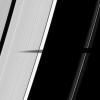
|
|||||

|
2009-05-11 | S Rings |
Cassini-Huygens |
ISS - Wide Angle |
1014x1014x1 |
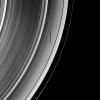
|
|||||

|
2009-05-15 | S Rings |
Cassini-Huygens |
ISS - Wide Angle |
1008x1008x3 |
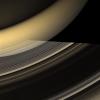
|
|||||

|
2009-05-18 | S Rings |
Cassini-Huygens |
ISS - Narrow Angle |
1014x1014x1 |
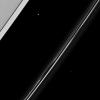
|
|||||

|
2009-05-20 | Daphnis |
Cassini-Huygens |
ISS - Narrow Angle |
1014x1014x1 |
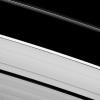
|
|||||

|
2009-05-21 | Prometheus |
Cassini-Huygens |
ISS - Narrow Angle |
842x1006x1 |

|
|||||

|
2009-05-25 | Pandora |
Cassini-Huygens |
ISS - Narrow Angle |
1006x1006x1 |
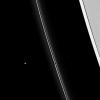
|
|||||
 |
 |
 |
 |
 |
 |
 |
 |
 |
 |

|
|
| 1-100 | 101-200 | 201-300 | 301-400 | 401-500 | 501-600 | 601-700 | 701-800 | 801-900 | 901-1000 |
| Currently displaying images: 1 - 100 of 985 |